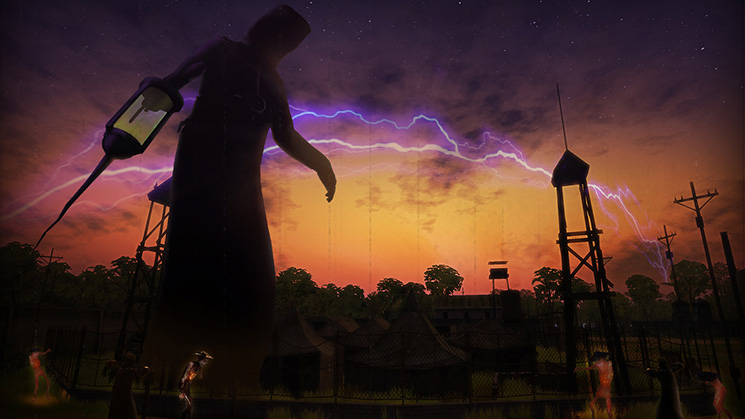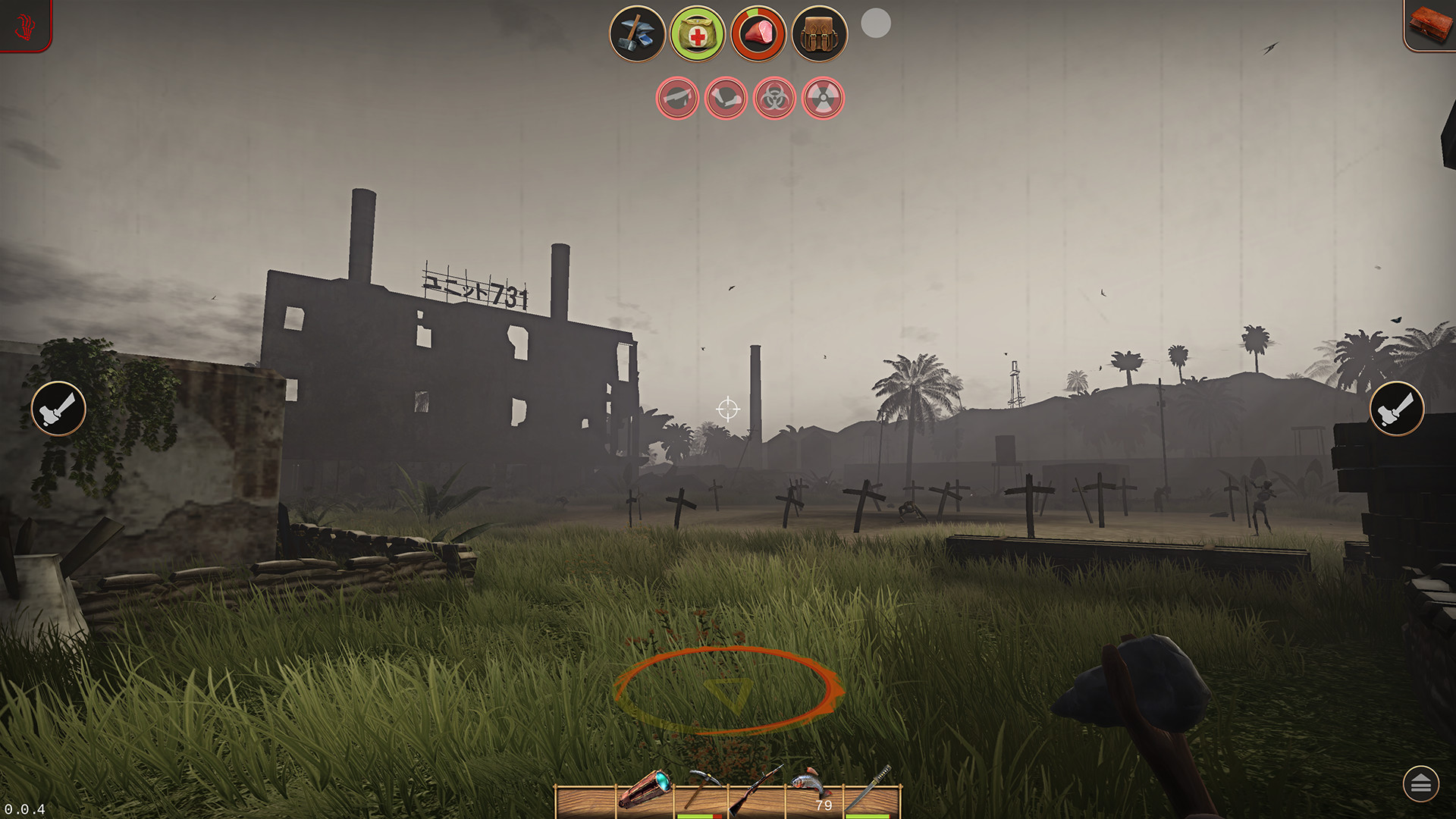
The reaction may have produced volatile hydrogen gas, which may have been sparked to produce a blast.īut Kazuaki Matsui, executive managing director of the Institute of Applied Energy, an independent research organization in Tokyo, told Spectrum that a hydrogen blast would not cause a fire. As the exposed fuel rods heated up, their zirconium casings may have partially melted, causing a chemical reaction between the zirconium and the water or steam. Regardless of whether water circulation stopped or water sloshed out, the exposure of the spent fuel likely started the fire. NHK, the Japan national broadcaster, reported that 783 fuel rods are held in the No. Goto noted that spent fuel rods continue to generate heat long after they are taken out of operation that's why they must be submerged in a storage pool container filled with water that is constantly circulated to maintain a safe temperature. Goto said this kind of splashing happened in 2007: "This is what happened during the Kashiwazaki (Nuclear) Plant accident after the earthquake struck it and sloshed water outside the pool." Masashi Goto, a former Toshiba Corporation design engineer of nuclear containment vessels of the kind used in the Dai-1 Plant, said another possibility was "sloshing": the water may have sloshed out of the storage pool due to the earthquake's shaking. This would have caused water to evaporate, eventually exposing the spent fuel rods to the air. With circulation in the storage pool halted, the radioactivity in the spent fuel would have raised the temperature of the water. Some experts surmise that the water level in the storage pool dropped after circulation failed due to the string of aftershocks that have followed the main earthquake.
#Radiation island steam tv
TV footage of the damage caused yesterday showed two huge holes in the walls of the reactor building, as well as substantial damage to the roof. No one has been able to say with certainty what caused yesterday's fire in the No.

6 reactor buildings, which were also shut down for maintenance when the earthquake struck. 4 building have raised fears that similar incidents could occur at the No. 4 reactor was shut down at the time of the earthquake for inspection and maintenance. TEPCO reported that no flames could be seen thirty minutes after the fire was initially sighted.

The blaze broke out in the same location where a fire occurred yesterday: the storage pool where spent fuel from the No. The new fire was discovered by a Tokyo Electric Power Company ( TEPCO) worker at 5:45 a.m. And fluctuating radiation levels at the nuclear plant made it difficult for workers to combat the problems.

A billow of steam raised fears that two of the structures that contain radioactive materials inside the reactor buildings may have been damaged.
#Radiation island steam series
4 reactor building of the Fukushima Dai-1 nuclear power plant, which was damaged by the earthquake and tsunami that struck northeastern Japan on March 11.īut this was only one of a series of events that occurred throughout the day. People woke up Wednesday morning to the news that there had just been a second fire in the No. John Boyd is an IEEE Spectrum contributor reporting from Kawasaki, Japan.ĭay six of Japan's nuclear emergency brought few signs of relief to the troubled nation. Editor's Note: This is part of IEEE Spectrum's ongoing coverage of Japan's earthquake and nuclear emergency.


 0 kommentar(er)
0 kommentar(er)
